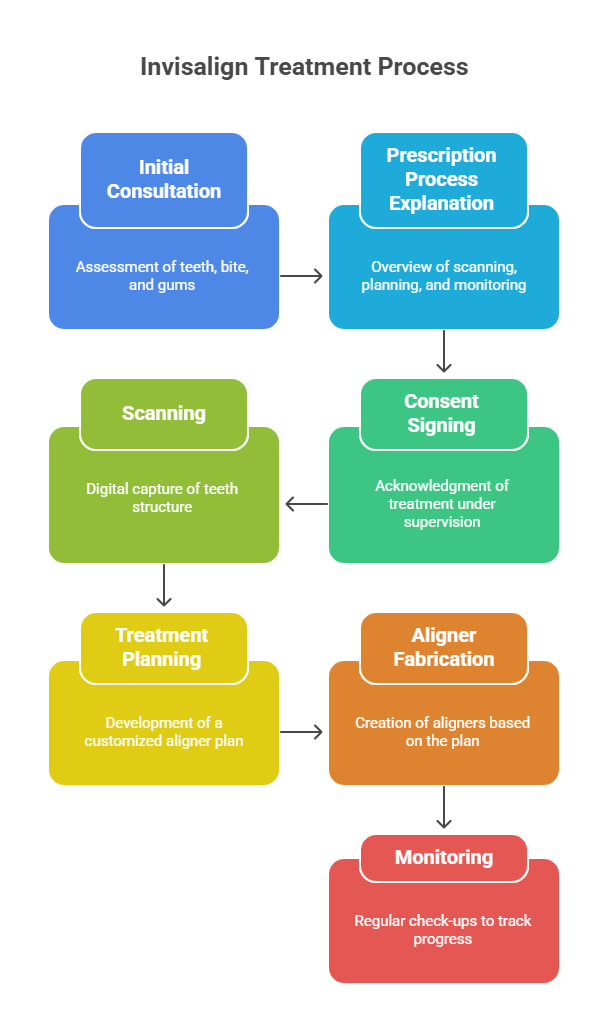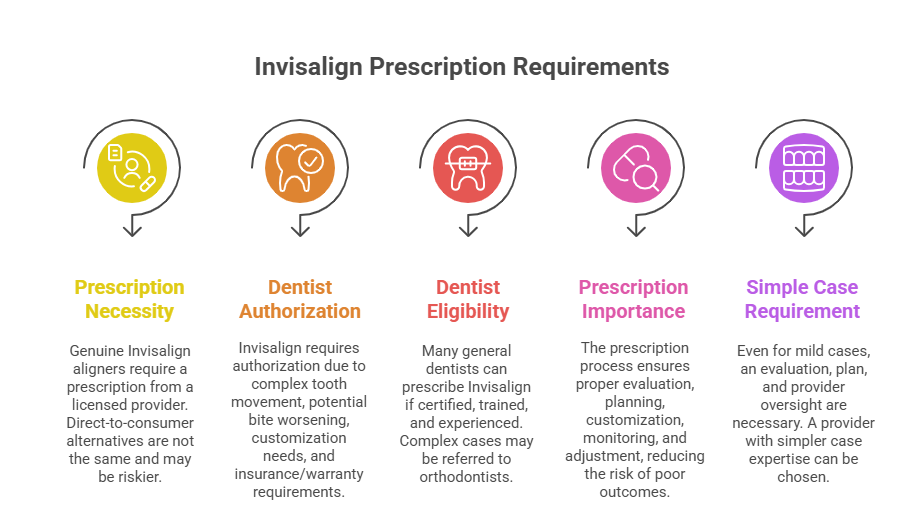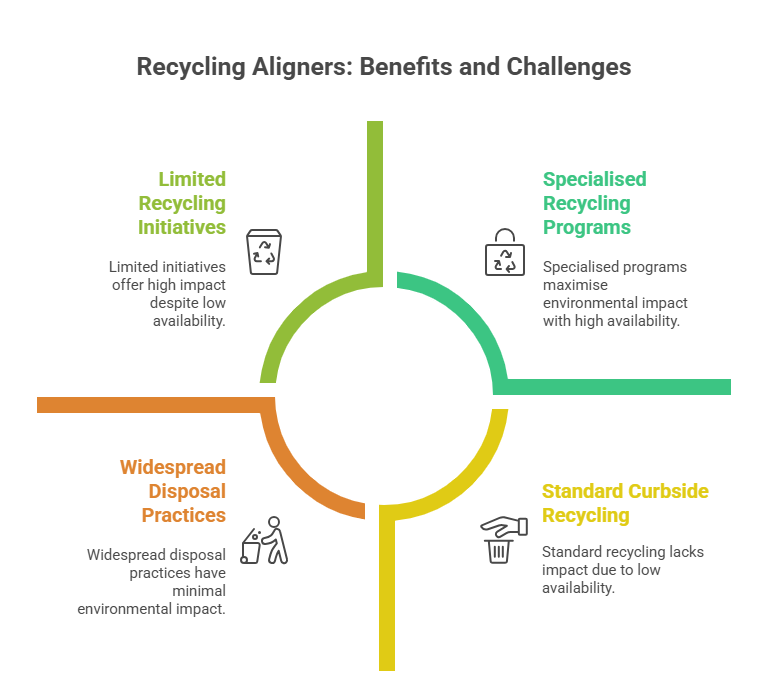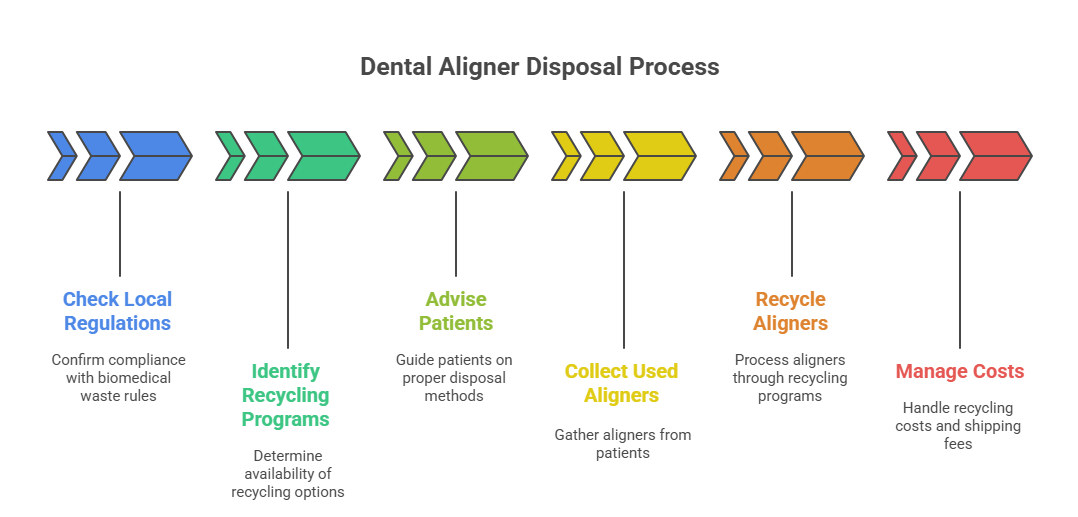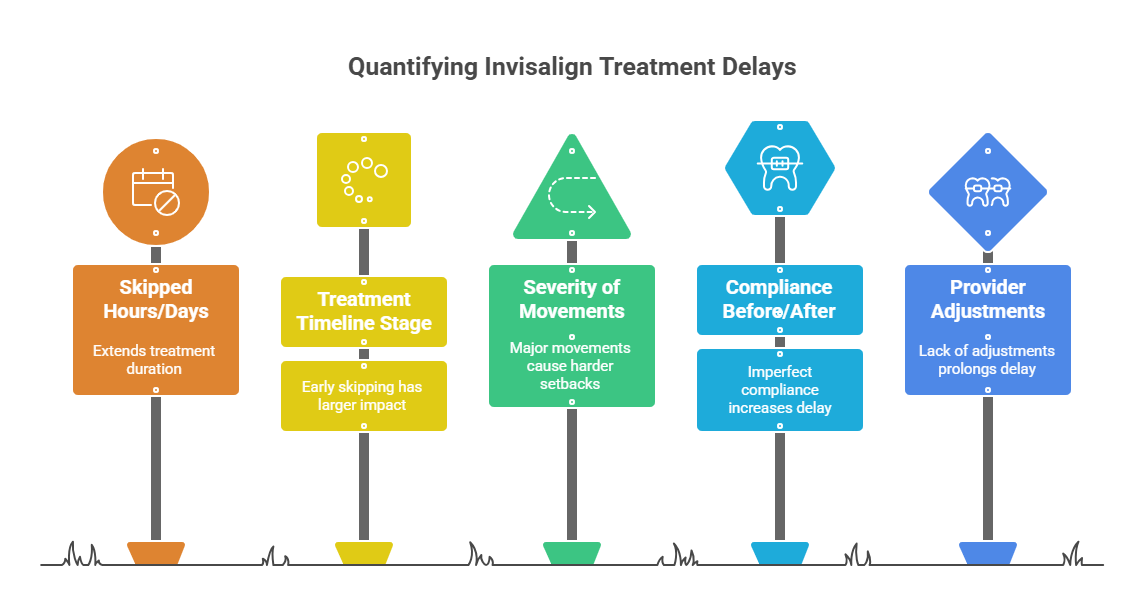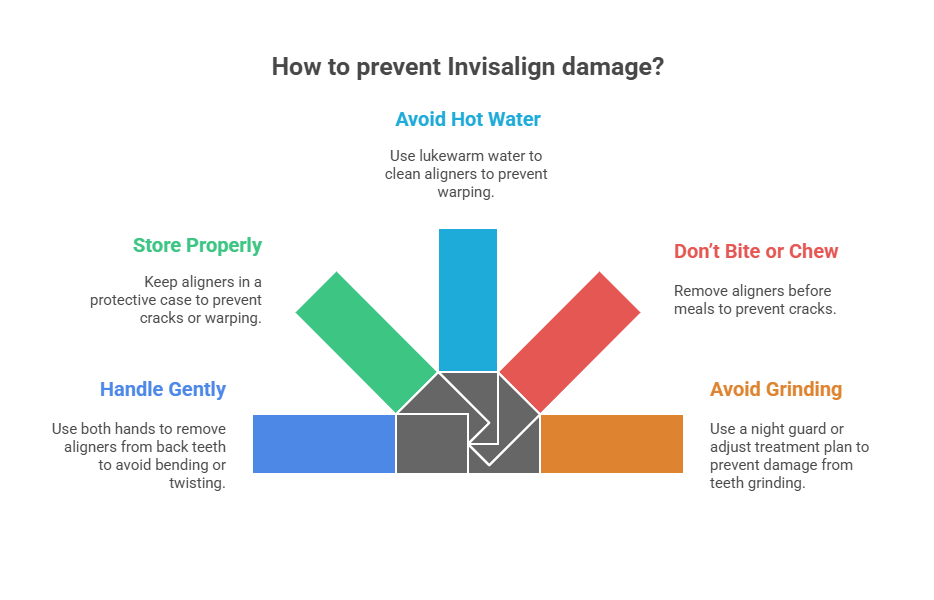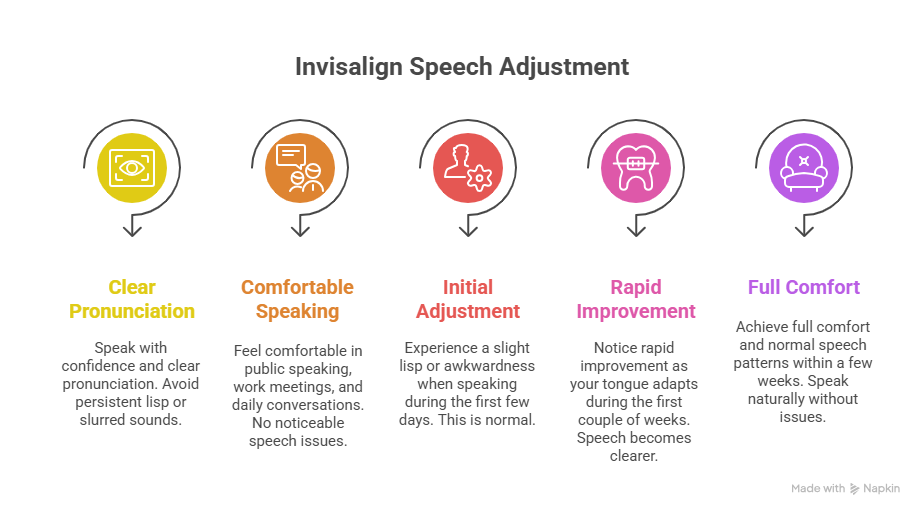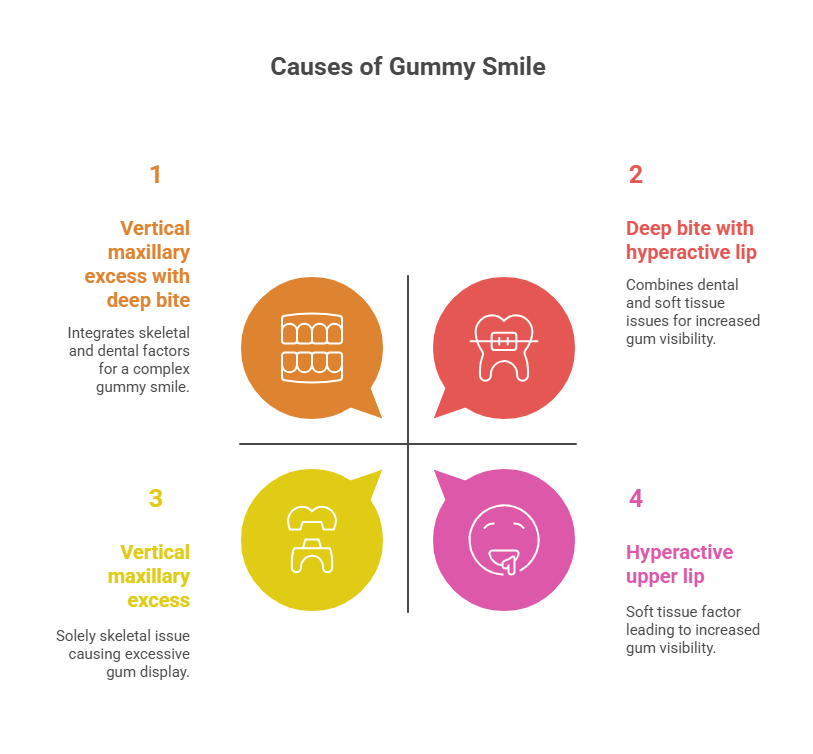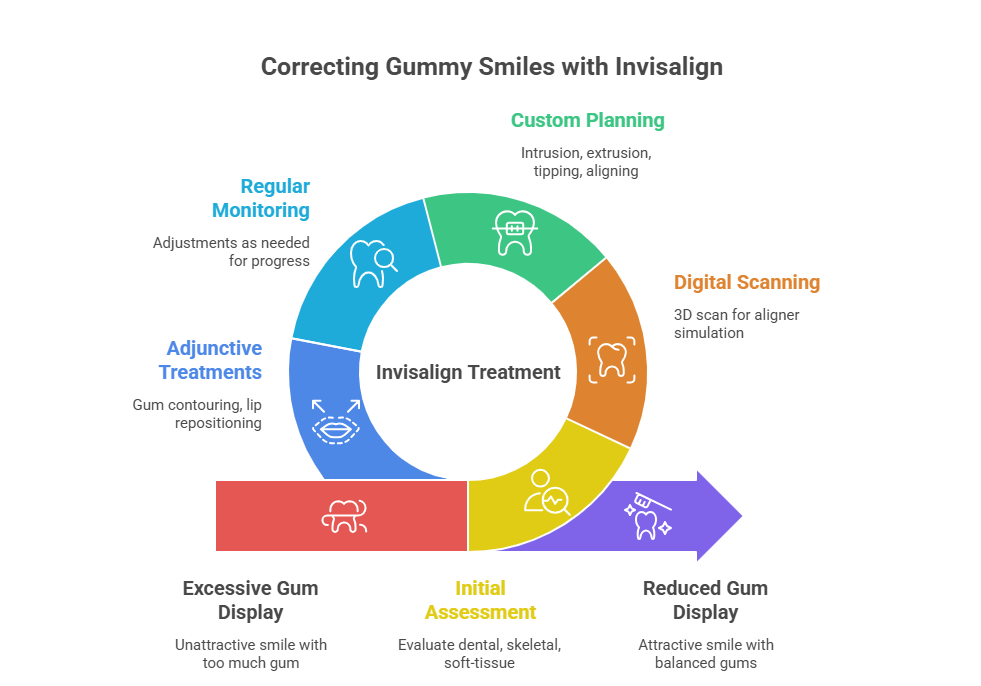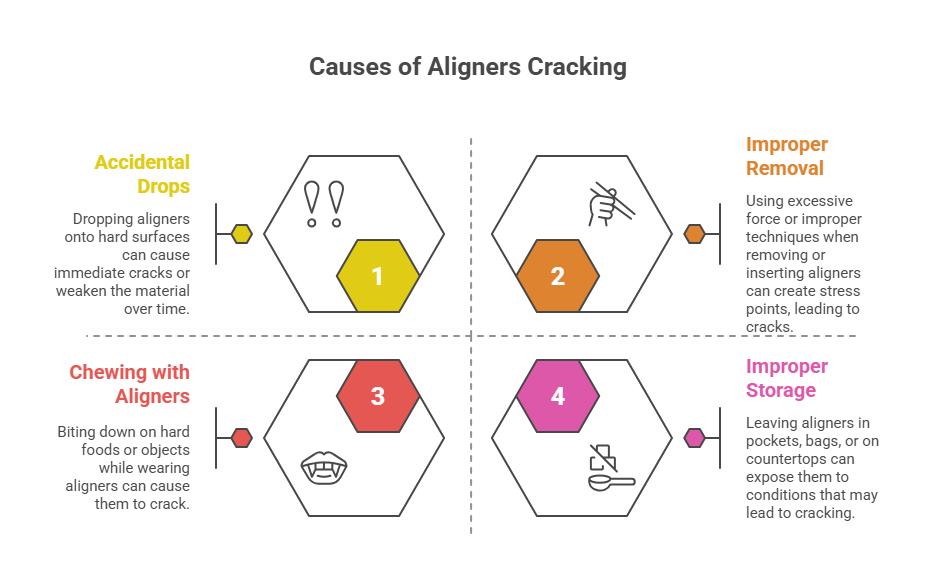One of the first questions patients ask is: Can I sleep without my aligners? Short Summary Answer: In most cases, no — you should not regularly sleep without wearing your aligners. Missing nighttime wear can significantly reduce your daily wear hours, delay your progress, increase treatment time, and increase the risk of your teeth shifting backward. At Comfort Dental Weymouth in Weymouth MA, we advise maintaining your recommended wear time (typically 20‑22 hours/day) — which means keeping your aligners in during sleep unless instructed otherwise by your provider.
Why You Should Wear Your Aligners While You Sleep
The recommended daily wear time
Most providers of the Invisalign system recommend wearing the aligners for approximately 20‑22 hours per day. That means your aligners should only be out for meals, brushing/flossing, and maybe a short break — leaving them in while you sleep accounts for a large portion of the day (typically 7‑9 hours).
Why nighttime is especially valuable
- When you’re asleep you’re wearing your aligners for a continuous block of time without needing to remove them for meals or drinks.
- Teeth movement is continuous; even during rest, bone remodelling and orthodontic forces are active. Skipping nighttime wear reduces that period of uninterrupted force.
- Consistent wear (including sleeping) helps ensure the aligners stay seated properly, reducing the chance of gaps between tray and teeth, which might reduce effectiveness.
What the research and clinical advice say
One clinical blog states: “If you don’t wear your aligners at night, you run the risk of the treatment not working.” Another website emphasises that skipping aligner wear during sleep may allow teeth to shift back toward their original position.
Therefore, for patients at Comfort Dental Weymouth in Weymouth MA, we strongly advise keeping your aligners in while sleeping, unless your provider gives a different instruction (for example, if you have another appliance or special circumstance).
What Happens If You Skip Sleeping With Your Aligners One Night
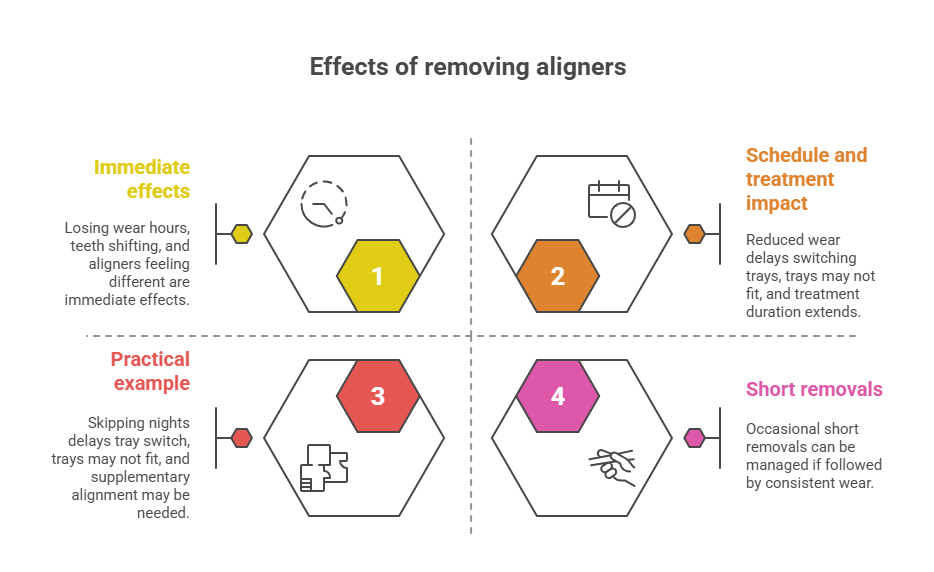
The immediate effects
If you remove your aligners for one night (or several hours overnight), you will:
- Lose part of your daily wear hours (for example: 8 hours out of the recommended 20‑22).
- Potentially allow your teeth a small window to move back toward their prior position, which may reduce the efficacy of your current tray.
- When you put your aligners back in the next day, they may feel tighter or looser than usual because your teeth may have shifted slightly.
How it impacts your schedule and treatment
- Reduced wear time may delay switching to your next aligner tray, because your teeth may not be ready yet.
- The next tray might not fit as well if your teeth haven’t moved as expected, which means you might need extra time or check‑in.
- Over time, repeated missed nights accumulate and can extend your total treatment duration. A source says wearing only at night is “not recommended, as it can significantly reduce the effectiveness of the treatment and prolong the overall duration.”
Practical example
Imagine you normally switch trays every 2 weeks. If you skip one night’s wear (losing 8 hours), and that happens infrequently it may only delay your tray switch by a day or two. But if you begin skipping several nights a week, that delay grows, the next trays may not fit, and you might require supplementary alignment or refinements — increasing visits and cost.
What if you’re only out for a few hours?
If you remove your aligners for one night because of a special event, illness, or travel, it’s not catastrophically bad — but you should:
- Try to put them back in asap the next morning
- Resume full wear hours (20‑22) for the following days
- Monitor fit — if it feels very different, contact Comfort Dental Weymouth for guidance.
In other words: occasional short removals can be managed if followed by consistent wear, but habitual night omission is risky.
What Happens If You Regularly Sleep Without Your Aligners
Cumulative wear time loss
If you regularly take out your aligners at night, the cumulative loss of wear time becomes significant. For example: removing aligners for 8 hours nightly means you may only wear them for ~12–14 hours/day instead of the recommended 20‑22. That’s a loss of ~6–10 hours per day, or ~42–70 hours per week. That deficit can stall movement.
Increased risk of relapse or improper movement
Your aligners are designed to apply continuous gentle force. Habitually missing segments means:
- The aligner may not fit exactly, leading to uneven force application.
- Teeth may drift back or not move according to plan.
- At providers like Comfort Dental Weymouth, that may trigger refinements and additional aligner sets.
Extended treatment time & increased cost
In effect, skipping nights may:
- Add extra weeks or months to your treatment timeline.
- Increase the number of aligner trays needed.
- Require more check‑up visits, monitoring, and possibly extra cost.
One article warns “wearing Invisalign only at night … may prolong the overall duration.”
Example of worst‑case scenario
If you skip nighttime wear for multiple successive nights, the next tray might not fit at all. Your provider may ask you to go back to the previous tray, or take new scans. This is disruptive. Patients at Comfort Dental Weymouth who maintain nightly wear have smoother transitions and stay on schedule.
Comfort Tips for Sleeping With Your Aligners
Ensuring comfort & uninterrupted wear
Sleeping with your aligners can take some adjustment. Here are practical tips:
- Ensure proper fit: When you insert a new tray, make sure it snaps fully into place and there’s no large gap. If it feels uneven before bed, you may remove it for the night and contact your provider.
- Use chewies or bite tools: Gently biting into chewies for 1‑2 minutes after insertion helps seat the aligner properly, which makes sleep more comfortable.
- Clean your aligners before bed: Brush/clean your trays, rinse, and dry them. Also brush/floss your teeth. A cleaner tray means fewer yeast/bacteria build‑up overnight and more comfort.
- Manage dryness/mouth breathing: If you breathe through your mouth at night, aligners can feel dry. Use a humidifier and keep water on your bedside.
- Handle new tray transition: The first 1‑2 nights with a new tray may feel snug. That’s normal — set your expectation and consider taking an over‑the‑counter pain‑reliever if your provider allows it.
- Address pressure or soreness: Mild pressure is expected. If you wake with pain or the tray feels unusually loose/tight, contact Comfort Dental Weymouth before skipping overnight.
When you may need to remove at night
There are certain exceptions where you may remove your aligners at night, but only under provider instruction:
- If you have a dental/surgical procedure scheduled and your provider asks you to remove.
- If you’re wearing an additional appliance that requires tray removal at night.
- If you experience severe pain, swollen gums or other dental emergency requiring removal until seen by your doctor.
Otherwise, night removal is not advised.
Sleep hygiene and aligner care
- Keep your aligner case on your night stand so you easily re‑insert in the morning.
- Avoid sticky snacks or drinks before bed which can deposit sugars under the tray overnight.
- Don’t fall asleep with your trays out and uncovered — risk of losing them becomes higher when you remove them at night.
What to Do If You Accidentally Sleep Without Your Aligners
First step: Insert them ASAP
If you wake up and realize you slept without your aligners:
- Insert them as soon as possible that morning.
- Monitor fit: do they seat fully? Do you feel a gap? If you feel a gap or discomfort, contact Comfort Dental Weymouth.
- Resume full wear time (20‑22 hours that day). It’s important to “catch up” as much as possible.
Adjusting your schedule
- You may be advised to wear the current aligner for an extra day before switching to the next.
- Monitor your next tray switch: if the next tray doesn’t fit well, revert to your previous one or contact your provider.
- Keep a log of your wear time; note the night you missed and whether you compensate. This helps your provider track your compliance.
When to call your provider
Contact Comfort Dental Weymouth if:
- You skipped more than one night.
- The current aligner doesn’t seat properly after skipping.
- You feel your teeth shifted or the tray is uncomfortable.
- You’re unsure whether you should revert or advance your tray schedule.
Specific Guidance for Patients at Comfort Dental Weymouth in Weymouth MA
At Comfort Dental Weymouth, we support our Invisalign patients with extra guidance to ensure nights and day wear align well:
- We review your wear time tracking at each check‑in and emphasise night‑time wear as part of your treatment plan.
- We provide sleep comfort training: how to adjust to trays, manage pressure, dryness, and ensure consistent nightly wear.
- If you travel or have overnight events, we help plan ahead: how to maintain your aligner wear while on the go or at odd hours.
- We monitor your tray fit and teeth movement; night‑time wear is part of that monitoring metric.
- In Weymouth MA, we aim to reduce delays — when you maintain full wear including nights, your treatment follows the expected timeline.
People Also Ask – 10 Questions & Answers
- Can I sleep without my aligners one night and still be okay?
Yes — a single missed night is usually manageable if you insert them asap next morning, resume full wear, and monitor fit. But habitually doing so poses risk. - What happens if I take my aligners out for sleep?
Removing them overnight reduces your total daily wear hours, may allow teeth to shift, and might slow treatment progress. - Is sleeping with Invisalign uncomfortable?
It may feel odd for the first few nights, especially after a new tray, but most patients adjust quickly and sleep comfortably with aligners in place. - How many hours should I wear Invisalign including sleep?
Typically 20‑22 hours per day, which includes while sleeping. - Can I just wear Invisalign at night instead of all day?
No — wearing only at night reduces your total wear time too much and is not advised. - Will sleeping without my aligners for a week affect my treatment?
Yes — skipping multiple nights in a row can significantly delay your progress, cause fit issues, and potentially require plan modifications. - If I remove my aligners for travel or party, should I remove them at night too?
Only if advised by your provider. Otherwise, plan ahead to maintain wear hours including while asleep. - Should I remove my aligners when sleeping if I mouth‑breathe or have dry mouth?
No — better to address the dryness (humidifier, water) than remove trays. Removing trays overnight for dryness undermines wear time. - Does sleeping with aligners affect my sleep quality?
Most patients report minimal impact after initial adjustment. Proper fit and comfort contribute to normal sleep quality. - If I fall asleep without my trays one night, do I skip the next tray switch?
Not necessarily. You may need to wear the current tray a little longer and consult your provider before switching.
Frequently Asked Questions (FAQs)
- Can I sleep without my aligners occasionally?
A: Yes — once in a while, an event or oversight may lead to one night without trays. Just resume full wear asap, insert the trays next day, monitor fit, and notify your provider if needed. - Does one night of missing aligner wear ruin treatment?
A: No — it doesn’t ruin the treatment if you act promptly. But multiple nights or habitual removal can lead to delays or complications. - How do I ensure my aligners stay comfortable overnight?
A: Ensure proper fit when inserting in the evening, use chewies if recommended, keep trays clean, manage dryness/humidity, and align your bedtime routine. - What if I feel pain or discomfort when sleeping with a new tray?
A: Mild pressure is normal; if pain is severe or persistent, contact Comfort Dental Weymouth. Don’t remove trays overnight unless advised — that may setback movement. - Will my teeth shift back if I leave aligners out at night?
A: Potentially yes — absence of force may allow teeth to drift, especially if it happens repeatedly. One source warns teeth may shift back if you skip wearing while sleeping. - Can I sleep with my aligners out temporarily (e.g., during illness)?
A: If you must remove them temporarily, aim for as short a period as possible, resume full wear immediately, and notify your provider to track if the fit is affected. - Do retainers have different sleep rules than aligners?
A: Often yes — after treatment, retention protocols may allow night‑only wear. But during active aligner treatment, you should wear them nearly continuously including while sleeping. - How does missing nighttime wear affect switching to the next tray?
A: The next tray may not fit properly if your teeth didn’t move as expected due to missing wear hours; your provider may ask you to extend the current tray. - If I’m traveling and sleeping in different time zones, can I skip aligner wear at night?
A: Try to maintain wear hours regardless of time zone. Remove aligners only for meals and brushing. Use your travel schedule to plan insertions and avoid skipping overnight wear. - How long does the adjustment take to sleep comfortably with aligners?
A: Most patients adapt within a few nights. One article notes “the first few nights may feel different, but most patients adjust quickly and sleep normally” with aligners in place.
Summary & Next Steps
In summary: Can I sleep without my aligners? In general you should not — sleeping without your aligners regularly reduces your wear time, slows progress, may require treatment adjustments, and could extend your timeline. For patients at Comfort Dental Weymouth in Weymouth MA, maintaining aligner wear while sleeping is a key pillar of treatment success.
What you should do now:
- Make sure you wear your aligners for 20‑22 hours/day including while sleeping.
- Insert your tray properly each night, use chewies if recommended, and handle any discomfort early.
- If you accidentally sleep without trays, insert them ASAP, monitor fit, resume wear time, and inform your provider if things feel off.
- If you plan travel, events or special situations, plan ahead so you don’t skip overnight wear.
- Contact us at Comfort Dental Weymouth if you notice poor fit, skipped nights, or any concerns with sleeping comfortably with your aligners.
Your orthodontic journey isn’t just about what you do during the day — it includes overnight wear too. By following the guidelines, you’ll stay on track toward your dream smile. If you’d like to schedule a consultation or learn more about Invisalign, please visit Comfort Dental Weymouth, 47 Washington St, Weymouth, MA 02188, (781) 337-3300.


